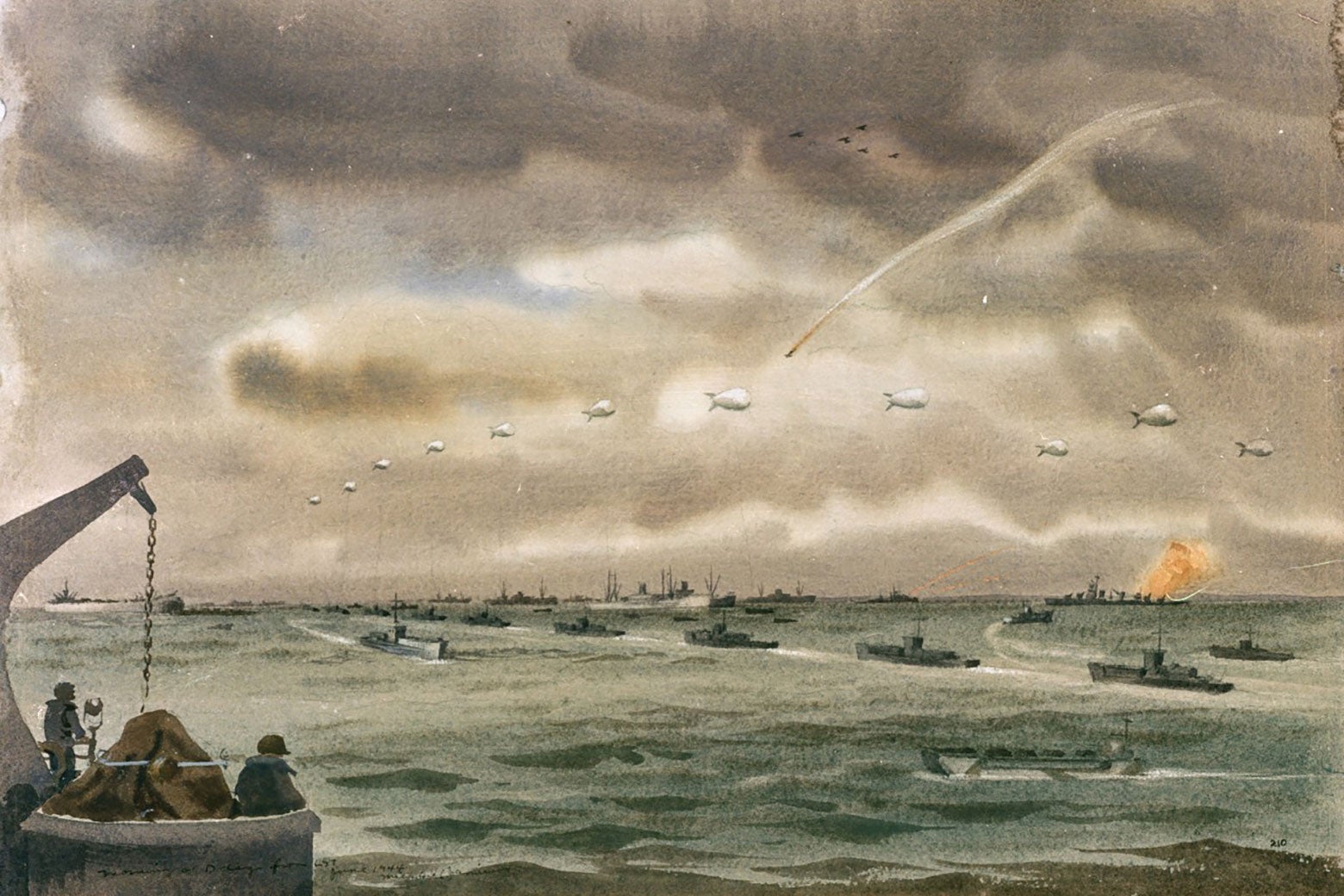
"These men ... could only wonder what awaited them as they stared at the distant coastline, barely discernible. The boats, suspended on davits above their heads, expressed oddly in their dark shapes the taut, waiting threat of this dawn off the Normandy coast."
"Express if you can, realistically or symbolically, the essence and spirit of war. You may be guided by Blake's mysticism, by Goya's cynicism and savagery, by Delacroix's romanticism, by Daumier's humanity and tenderness; or better still follow your own inevitable star."
"The making of art out of war must also be, by necessity, a propaganda mission, to justify the effort and expense."
"The World War II combat artists would, implicitly, reveal the bravery, heroism, and resilience of 'our boys'."
The article discusses the significance of combat artists in World War II, focusing on Mitchell Jamieson, who documented the D-Day landing at Utah Beach. Highlighting George Biddle's guidance to artists, the piece underscores the dual mission of these artists: to authentically convey the realities of battle and to serve as propaganda to bolster public support. Through their works, the artists aimed to illustrate not only the harshness of war but also the heroism and resilience of the soldiers involved, thereby shaping the narrative of the war effort.
Read at Slate Magazine
Unable to calculate read time
Collection
[
|
...
]